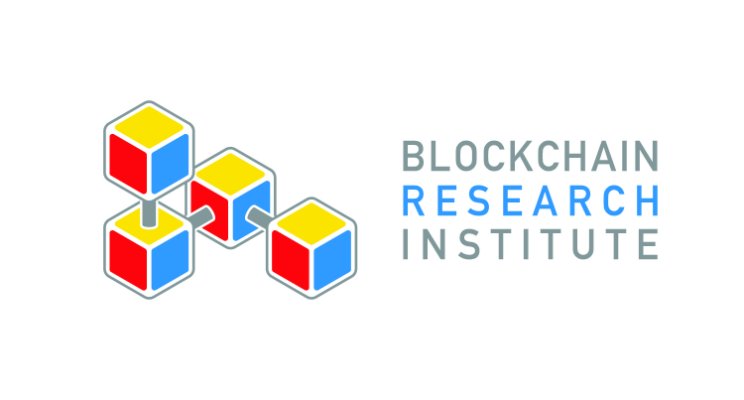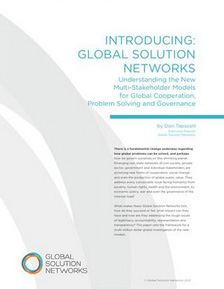As many of you already know, my son Alex and I have founded the Blockchain Research Institute to investigate the strategic implications and opportunities created by this new technology.
I’ve been asked to explain what we stand for at the institute. As a result, we’ve created this ten-point “Manifesto.” I would love to hear your thoughts!
If your company is interested in joining the Blockchain Research Institute, please contact info@tapscott.com.
The Blockchain Research Institute Manifesto
- Blockchain (also known as distributed ledger technology) represents the second era of the Internet; an Internet of value, and not just the value layer on the Internet stack. We’ve never had this capability before – trusted transactions directly between two or more total strangers, authenticated by mass collaboration, and powered by collective cryptography, clever code, and self-interest. It is the culmination of what Alan Turing started, a true paradigm shift ushered in by decentralized ledger technologies.
- Like the Internet of information before it, blockchain promises to upend business models, disrupt industries for the good, and lower the barriers for entrepreneurs to compete against incumbents. It is pushing us to challenge how we have defined value, funded innovation, structured power, and rewarded participation. However, incumbents should view blockchain not so much as a threat but as a call to action.
- This technology holds vast promise to solve many of the planet’s problems such as climate change. It also has the potential to address the unintended, unwelcome, or unlawful consequences of the first era, namely the erosion of privacy, security, economic inclusion, intellectual property rights, and freedoms of speech, press, religion, and cultural expression.
- Central banks should convert their fiat currencies into digital ones, and governments should embrace this technology to improve their operations and increase transparency and accountability for those in office. We believe that government participation and even considered, light-touch regulation will likely have a greater role in preserving both the rights and powers of citizens and consumers.
- All functions of management will change. We expect this technology to reconfigure the architecture of the firm and the nature of competitiveness. It’s already demonstrating its ability to lower transaction costs and eliminate the third parties needed to establish trust.
- Competition between the many types of blockchains – permissioned/permissionless, open/closed, with a currency and not, using differing consensus systems and addressing different opportunities – is healthy and will take time to sort out. But protracted standards wars within platforms stall development and burn capital. Without standards, progress will be slow.
- There is growing hyperbole, volatility, and this rush to innovation will produce countless failures and fraud – all which occur with any new, breakthrough communications medium. But the fundamentals of this new paradigm are sound and its arc is to proceed forward. Cynics dismiss this revolution at their peril.
- The implementation challenges to overcome are many. The technology is relatively immature and arcane. It lacks not just transactional capacity for large-scale activities but also user-friendly interfaces for broad consumer adoption, both of which stifle network effects.
- Beyond standards, stewardship of this resource is critical. Bottom-up, self-organizing global governance has worked well for the first era of the Internet and can work for the second. We believe that a multi-stakeholder network approach is the best protection from government interference or the emergence of invisible power dynamics. Decentralization does not mean disorganization.
- New paradigms cause dislocation and are usually received with coolness or worse – hostility and mockery. Vested interests often fight change and leaders of the old have difficulty embracing the new. So, it is with blockchain. The new paradigm is calling forth a new generation of leaders. Leadership for this distributed future is and will come from everywhere – in organizations, industries, our economies and society. Leadership is an opportunity for each of us.






